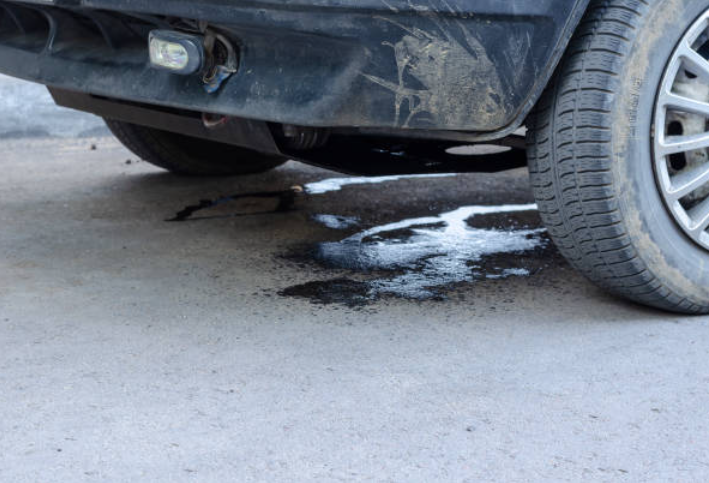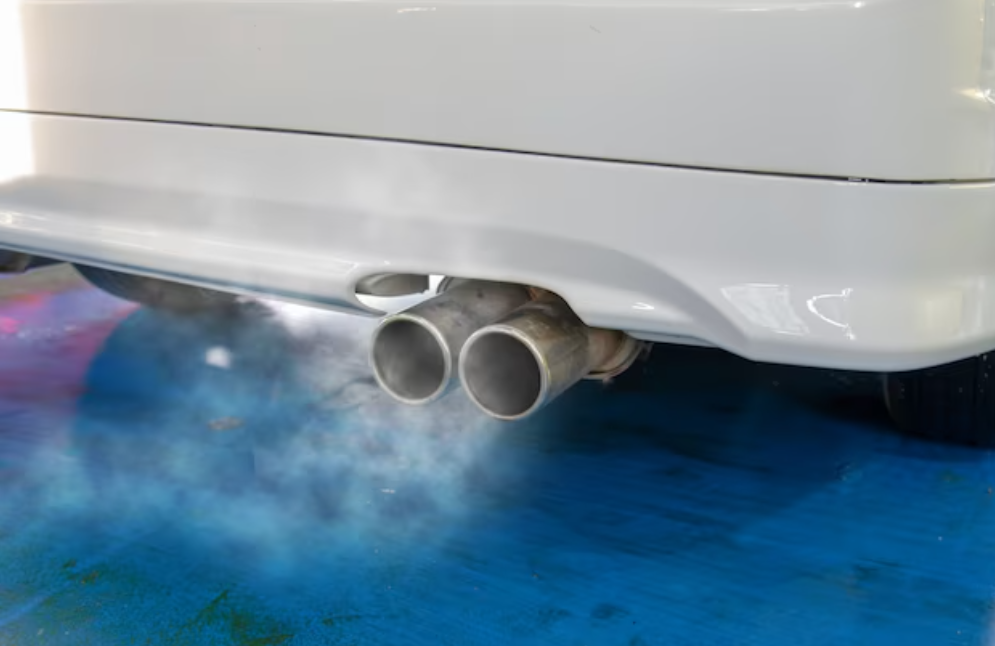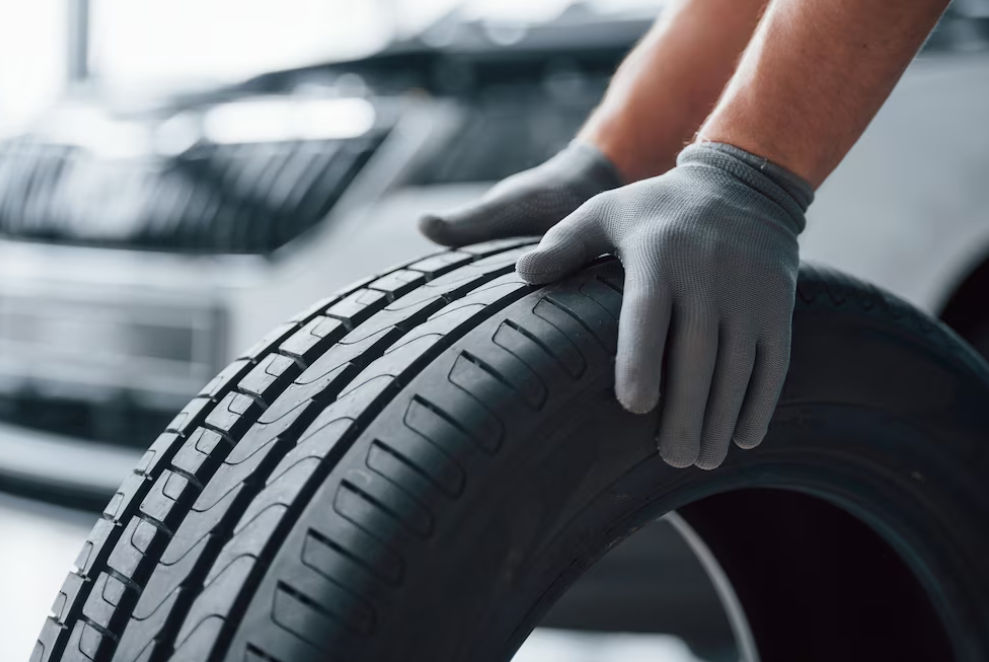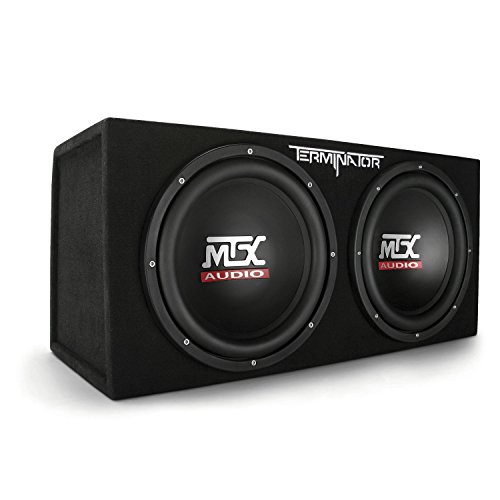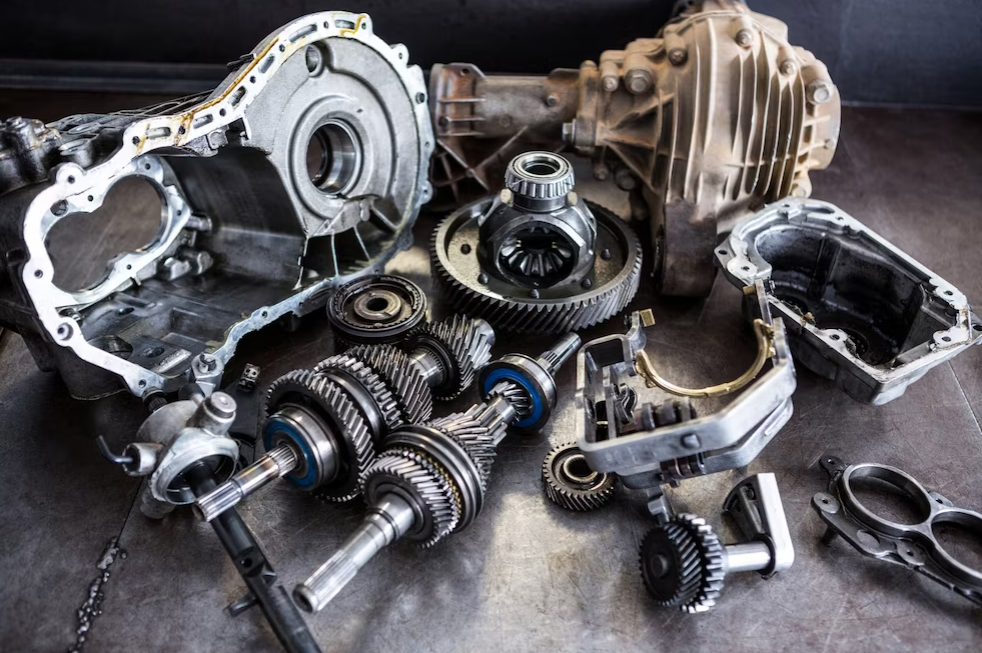Traction Control System: How It Functions And When To Use It?
It can be frightening to drive at night in the rain or snow, especially if you are concerned that your vehicle may hydroplane, lose grip, or, worse, crash.
When driving on ice roads or around a sharp bend, traction is also a factor. Your tires' traction may be considerably impacted by those circumstances. Engineers discovered a solution to help prevent losing traction altogether, even though almost all cars have an anti-lock brake system (ABS) light that illuminates to alert you when you are losing grip. Traction control is an example of this innovation.

You can drive securely by understanding how traction control operates and how to use it, which is what this guide will teach you to do.
What Is Traction Control?
By controlling wheel spin, the traction control system, sometimes abbreviated as "TC" or "TCS," is an active safety feature that improves a car's grip on slick or dangerous surfaces. By ensuring that the tires stay in contact with the road, this safety feature enhances overall control and stability.

In cars sold in the US, traction control has been a required safety feature since 2012. Even though drivers can disable it, there are not many situations in which they might need to. For maximum safety, it is usually advised to keep traction control activated. We will talk about when it could be appropriate to turn it off below.
Traction control operates through active sensors known as yaw rate sensors installed in all four wheels. These sensors continuously monitor tire behavior, including speed and movements.
If any tire begins to spin at a rate exceeding the vehicle's speed, it indicates a loss of traction, potentially resulting in skidding or hydroplaning. In such situations, the traction control system intervenes to prevent these occurrences.
When a tire spins too quickly, the traction control light illuminates, triggering the system to automatically reduce speed. While this may cause a slight jerk in the vehicle, it signifies the safety feature is actively working to restore traction.
However, traction control doesn't operate in isolation. You may observe the ABS light engaging concurrently. Anti-lock braking prevents skidding by allowing wheels to maintain spin while braking, preventing them from locking up and compromising control.

Traction control should remain activated even under seemingly non-hazardous conditions, as it defaults to the on position when the vehicle starts. While it's possible to deactivate this safety feature, it's rarely necessary. However, traction control is essential in situations such as heavy rain, snow, or icy roads, significantly improving safety.

It proves particularly valuable when navigating curves in adverse weather or making sharp turns on unstable surfaces. Traction control can be decisive in preventing skidding and maintaining control, especially on wet or icy roads.
Consequently, it's advisable to keep traction control engaged when encountering hazardous road conditions. Even in seemingly safe conditions, it's prudent to leave it on as a precaution, except in exceptional circumstances requiring deactivation (further elaborated below).
It may be difficult to find the TC button on your car if you are not familiar with its design. The image of an automobile with wavy lines behind the tires is usually displayed on the traction control button.
The traction control button is typically located on the bottom left or right of the steering wheel in cars. In certain cars, the status of the traction control system is shown by an indicator light; in others, it may have the word "off" underneath the icon.
For maximum safety, you should keep the car's traction control system engaged in the majority of driving situations. However, there are several circumstances in which the safety function might work against you rather than for you.
When stuck in mud, sand, or occasionally snow, for example, it is a good idea to turn off traction control, especially if wheel spinning happens. In these situations, traction control would prevent tires from spinning, but the goal is to enable wheels to spin quickly in order to overcome the obstruction.
Using snow tires or tire chains is a better option than depending only on the vehicle's traction control system if you want to reduce the chance of becoming stuck in slick snow or ice. Compared to regular tires, these alternatives provide better traction by slicing through thick snow or ice, increasing grip.

Although drifting or executing extended sideways slides is not recommended, it does offer a further situation in which disabling traction control might be justified. It is important to recognize, nevertheless, that drifting can hasten tire deterioration.
Even though there may not be many times when you get stuck or try to drift, it is usually a good idea to keep your traction control engaged for added safety and readiness for unforeseen events.
One less well-known safety feature is stability control. However, it remains present and contributes to your safety when driving. Although they are not the same, stability control and traction control work in tandem to guarantee a safe driving experience. In addition to the ABS that is already in your automobile, they make use of the same sensors in all four wheels. However, what distinguishes them?

Your car can remain steady and travel in the desired direction with the aid of stability control. Despite the system's apparent simplicity, it is really intricate. The stability control system uses the computer in your car and a few additional sensors in addition to the many sensors in your wheels. In order to distinguish between the car's intended and actual movements, the sensors and computer collaborate. The stability control will assist in stabilizing the movement and guiding it in the desired direction if the two are out of alignment.
The stability control system will automatically apply the brakes to a wheel that is not moving in the intended direction, just like traction control does when a wheel spins too quickly.
Depending on the image, the traction control system light can indicate different things. The feature is keeping you safe if the light represents an automobile with skid marks behind it. However, there can be an issue with the system if you notice a triangle with TCS in it and a line through it. There will be two of these TC lights on the dashboard.
When driving and the traction control light appears, proceed with caution. This safety feature usually indicates that the traction control system of the automobile is engaged, meaning that your car momentarily lost control when navigating a tight turn, driving on wet pavement, or something similar. But there are a lot more explanations for why the light appears.
For instance, you might unintentionally press the button that turns it off. Recall that traction control is never off—it is always on. Depending on the car, the light may turn on even when it is off.

You most likely knocked your sensors out of place if you have not touched anything or if you momentarily lost traction. Any incident, such as running over a curb or a pothole, could cause your sensors to become misaligned and turn on the light.
Although these are all options, each car is unique. To completely comprehend your traction control light, it is recommended that you read the owner's manual. Use the advice below and verify your auto warranty if the light appears to be on without any reason. Some manufacturers’ powertrain warranties may cover this type of repair if it has not expired.
Try restarting your automobile if the light remains on, much like you would if your phone became stuck. When it is safe to do so, switch off the automobile, let it sit for a moment, and then start it again.
Most of the time, the best course of action is to restart. Nevertheless, it is advisable to bring the car to a dealership or qualified repair if the light stays on after restarting. A mechanic is likely to be able to identify the issue and resolve it. You may get a reasonable cost for any necessary auto repairs with the aid of our car maintenance pricing calculator.

Even while driving your automobile with the traction control light is on is normally safe, there are situations where it should not be done. Your entire braking system can be impacted if your traction control light, anti-lock braking system light, and red brake-warning light come on. In this case, it could be preferable to have your automobile towed to a dealership or auto repair shop as driving the car could be dangerous.
1. What is Traction Control?
Traction control has been a standard safety feature in cars since 2012, regulating wheel spin to improve grip on slippery surfaces, enhancing stability and control. It's generally advised to keep it activated for maximum safety.
2. How Does Traction Control Work?
Traction control uses sensors on all four wheels to monitor tire behavior. If a tire spins faster than the vehicle's speed, indicating a loss of traction, the system intervenes to restore stability by automatically reducing speed.
3. What's the Difference Between Traction and Stability Control?
While traction control maintains grip by regulating wheel spin, stability control ensures the vehicle remains stable and travels in the intended direction. Stability control uses additional sensors and a computer to stabilize the vehicle by applying brakes to individual wheels.
Understanding and using safety features like traction control can significantly enhance driving safety. By keeping it engaged in most driving situations and addressing warning lights promptly, drivers can ensure better grip and stability, reducing the risk of accidents on the road.
Click on the following link to read another blog post: Mastering Parallel Parking: A Step-by-Step Guide





